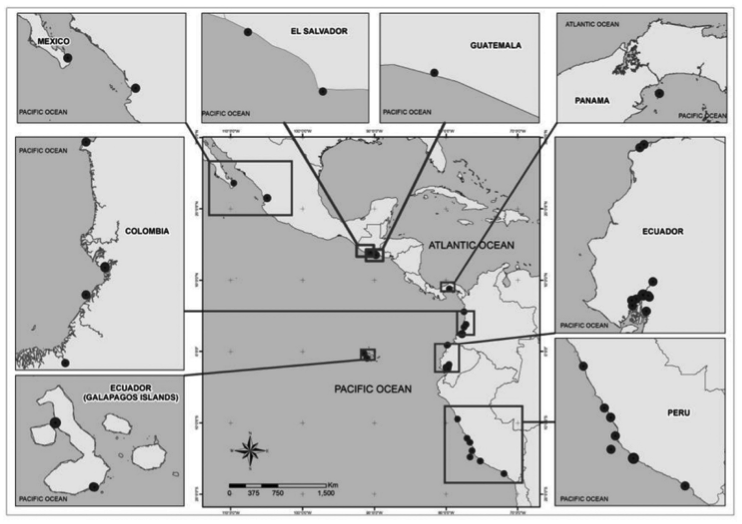Published in Aquatic Mammals | September 12, 2022
The southern elephant seal (SES; Mirounga leonina) is the largest, sexually dimorphic pinniped species in the global ocean (Le Boeuf & Laws, 1994; Hindell, 2018). The distinctive feature for males is the proboscis; the maximum development of this feature occurs in adults over 10 years of age (Sanvito et al., 2007). The growth of females ceases after they reach maturity (i.e., ~5 y of age) at a body length of ~2.5 m and 400 to 600 kg body weight (Fedak et al., 1994). Adult males are physiological and socially mature after ~7 years of age when they reach up to 5 m body length and weigh 3,000 kg (Campagna & Lewis, 1992; Pistorius et al., 2005; Hindell, 2018). They are distributed throughout the circumpolar region, sub-Antarctic waters, and Antarctic ecosystems of the Southern Hemisphere (Hofmeyr, 2015; Jefferson et al., 2015; Hindell, 2018). Four genetically different populations are currently recognized, including subpopulations from Peninsula Valdés and the Falkland Islands, the Atlantic sector (South Georgia, South Orkney Islands, South Shetland Islands, and Bouvetøya and Gough Islands), the Indian sector (Iles Kerguelen, Iles Crozet, Heard Island, and the Prince Edward Islands), and the Pacific sector (Macquarie Island, Campbell Island, and Antipodes Island) (Slade et al., 1998; Hofmeyr, 2015; Jefferson et al., 2015; Corrigan et al., 2016). The Atlantic populations, including South Georgia, Peninsula Valdés, and the Kerguelen Islands, are either currently stable or increasing slightly (Hindell et al., 2016), while the populations on Macquarie Island in the South Pacific are declining (van den Hoff et al., 2014; Hofmeyr, 2015).While the SES is currently classified as “Least Concern” by the International Union for Conservation of Nature’s (IUCN) Red List of Threatened Species (Hofmeyr, 2015), this pinniped species is affected by several anthropogenic threats such as bycatch, chemical and biological pollution, and human-induced environmental changes (Hofmeyr, 2015; Alava & Aurioles-Gamboa, 2017; Hindell, 2018).
Read the article in the link: https://ipn.elsevierpure.com/es/publications/southern-elephant-seals-mirounga-leonina-in-the-galapagos-islands






